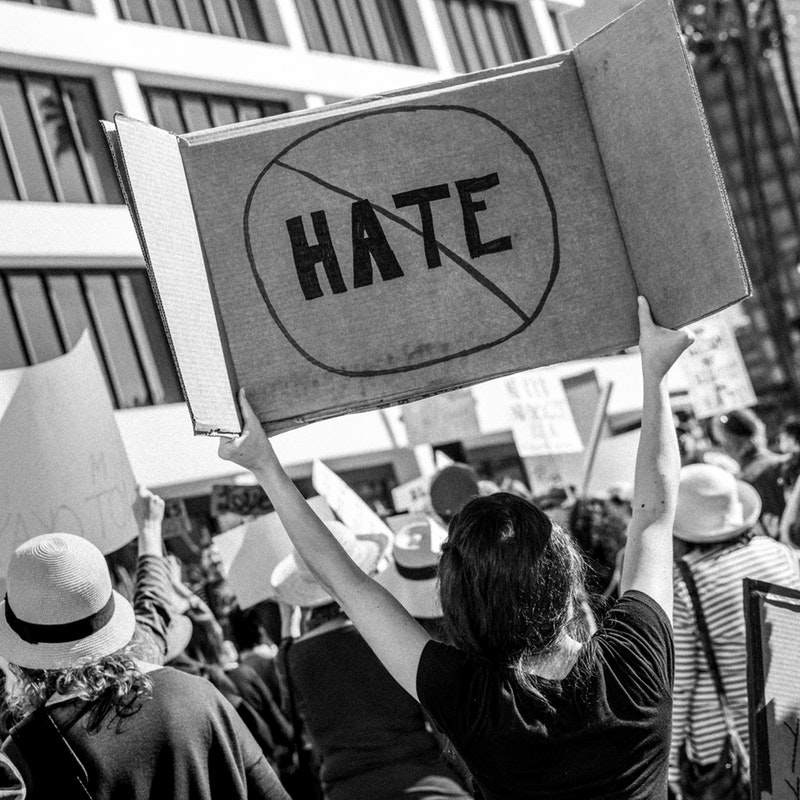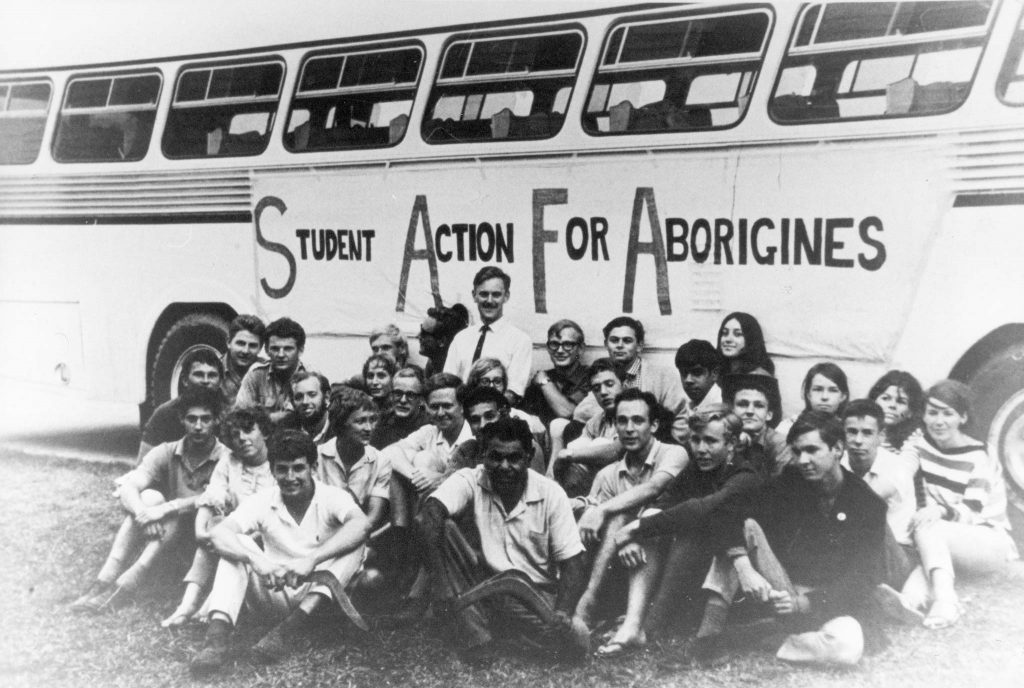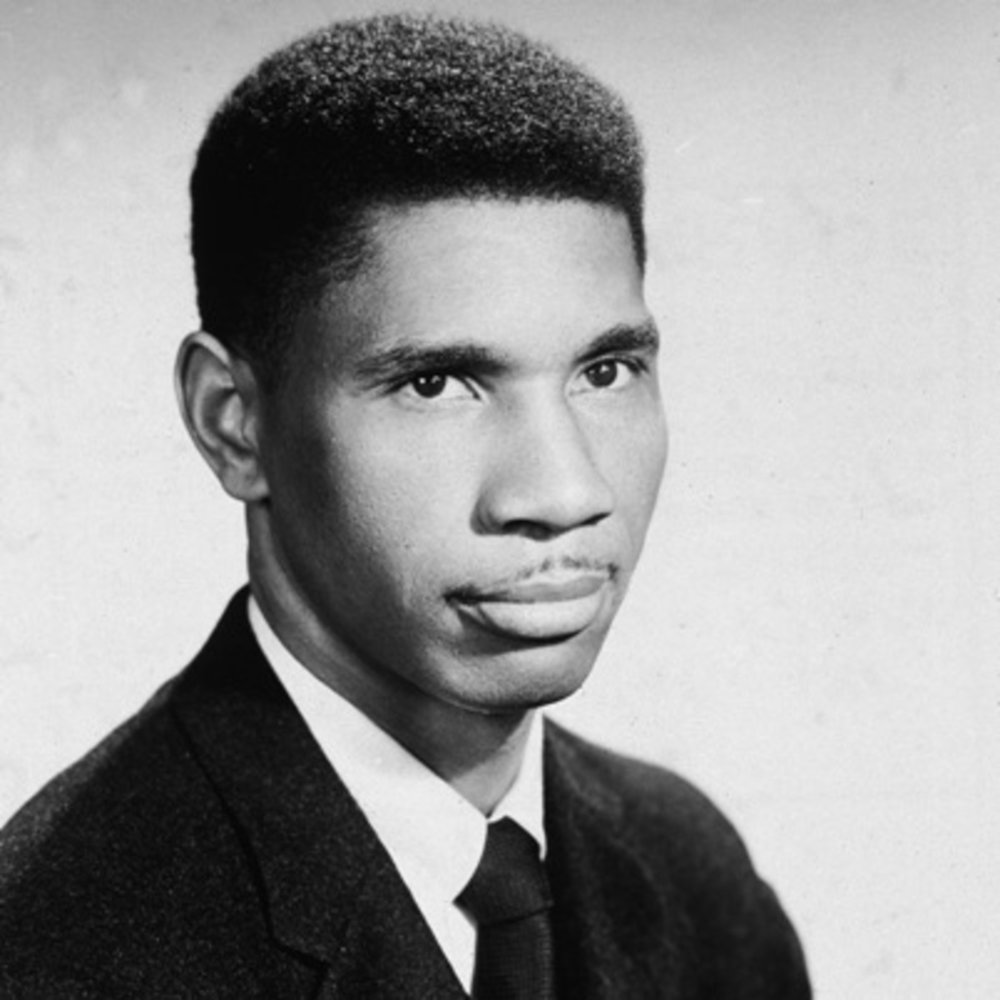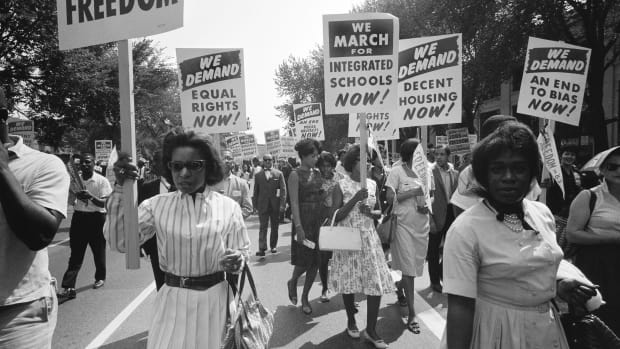The 1964 Civil Rights Act was a revolutionary point in American history. While most people know of Martin Luther King, Jr. and Rosa Parks, the inspiration of hundreds of young people – college students – is often overlooked. However, these students were as vital as the great leaders in bringing about social change in American society.
Every country has those special young people who fight and contribute to all revolutionary movements. They march, speak their thoughts in various ways to be heard by the government. Some have expressed their views by writing an essay about the civil rights movement. This essay about the civil rights movement have also awakened the interest of other students from different schools. You can even see one of their creations – the civil rights movement collage.
When we turn back in time, we might understand that the civil rights in the 1960s have made history. The movement was said to be organized by a group of black Americans to end racial segregation and discrimination in the country, including gaining equal rights under the law. It said to have started in the 1940s and ended in 1960. The civil rights movement was non-violent. Here are a few examples of the civil rights movement.

The Sit-ins
This activity happened at the Woolworth in Greensboro, when four black students went to the lunch counter intended only for students from white only colleges. They were denied with service, but they refused to leave without being served. They remained seated silently and politely until the store’s closing time. The police were called, but since they didn’t initiate violence, they didn’t take action as there was no provocation. The next day, they went back to the place with more other black people.
When the media found out about this news, they took a photo of the four men, and it spread very fast. This encouraged other black people to join a non-violent protest and wished to end the same discrimination all over South America. The sit-in then led to the removal of the Woolworth department store chain’s policy on racial segregation after six months of consistent protest.
Freedom Rides
The Freedom Rides were organized by the Student Nonviolent Coordinating Committee (SNCC). This was to encourage civil rights activists to participate and aimed to investigate the effectiveness Interstate Commerce Commission enforced by the US supreme court for equal treatment and travel.

The first group of freedom riders left Washington and arrived at New Orleans which comprised of six whites and seven blacks. The activity continued until the students meet violence in Alabama. One of the buses was burned, and whites attacked some riders. However the SNCC together with the CORE (Congress of Racial Equality) were firm with their motive for equality, so they decided to reinforced and went on to their Freedom Ride to Montgomery. They were attacked there by thousands of white men. The violence and the indifference of the police officers caused people throughout the US to support the riders prompting the then President Kennedy to take action and end the violence.
Freedom Summer
The SNCC and the CORE sponsored Freedom Summer or known as the Mississippi Summer Project. The purpose of the project was to increase the number of black voters in the state. It happened because Mississippi was the only state who had few black voters with less than seven percent in 1961. The project ran by the local Council of Federal organization or COFO, and hundreds of college students had helped them in the registration process in 1963 and more in 1964. The registration procedure at that time required Blacks to fill out the 21-question form to the satisfaction of white registrars.
During this time the volunteers set up polling places in churches of Blacks and business establishments across Mississippi. They then organized a mock election to select for candidates to run for the next election. Through the help of local civil rights workers, volunteers, and students from northern universities, it was realized and participated by ten thousand voters.
Medgar Evers: Civil Rights Organization Leader
Evers was a college student when he became activists. He was a native of Decatur Mississippi and attended one of the schools in the state before inducted into the US army. Ever together with his five friends experienced inequality when they were denied the chance to vote. But even with the experience, he still enrolled at Alcorn State University and was active on the school’s extracurricular activities. After completing a degree, he was hired in an insurance company where he met TRM Howard, who was the president of Regional Council of Negro Leadership, a civil rights organization. Howard introduced and trained him in activism. Ever then became part in organizing the RCNL’s boycott of the service station that denied them and other blacks on the use of the restroom.

Ever became active and encouraged young people to join movements for racial equality. He initiated the creation of student-centered branches of NAACP. With his effort to recruit students to participate, thousand had responded and supported the movement. The activities he led resulted in Ever as a target for numerous threats.
The fights against equality run through the century and have involved college students. They were part of the protests that would support the need to provide the blacks with expanded opportunities, including the right to vote. They were active participants of these movements, and most of these protests were successful giving them equal rights under the law. Because of the college students’ initiative, the federal government recognized the need to pass several laws giving blacks equal opportunity with whites and eliminating race segregation.






























